The Israel Museum
The Israel Museum is located in Jerusalem and was founded in 1965. It is recognized as one of the leading cultural institutions of the world for the quality and diversity of its collections.
MUSEE D’ISRAEL
11
Ruppin Boulevard
near the Knesset (Israeli Parliament)
91710 JERUSALEM
Tel: 972-2-670-8811
Fax: 972-2-677-1332
1965 : creation of the museum
Some of the most distinctive features of the museum include:
- Its location in Jerusalem in front of the Knesset (the Israeli parliament), surrounded by a spectacular natural and urban environment.
- The Billy Rose Art Garden, which features works by the greatest sculptors of the late nineteenth and twentieth centuries, including August Rodin, Pablo Picasso, and Henry Moore.
- Its functional architecture, which combines modern design and a classical aesthetic playing with Jerusalem’s natural light.
- Its cultural mission, which is committed to both national Israeli art and international art. It is the Israeli Museum for the world, and it is also the world’s museum for Israel.
- Its multidisciplinary approach—from archeology to contemporary art.
- The importance of its collection, which totals more than 550, 000 works.
- One of the greatest collections of Judaica in the world.
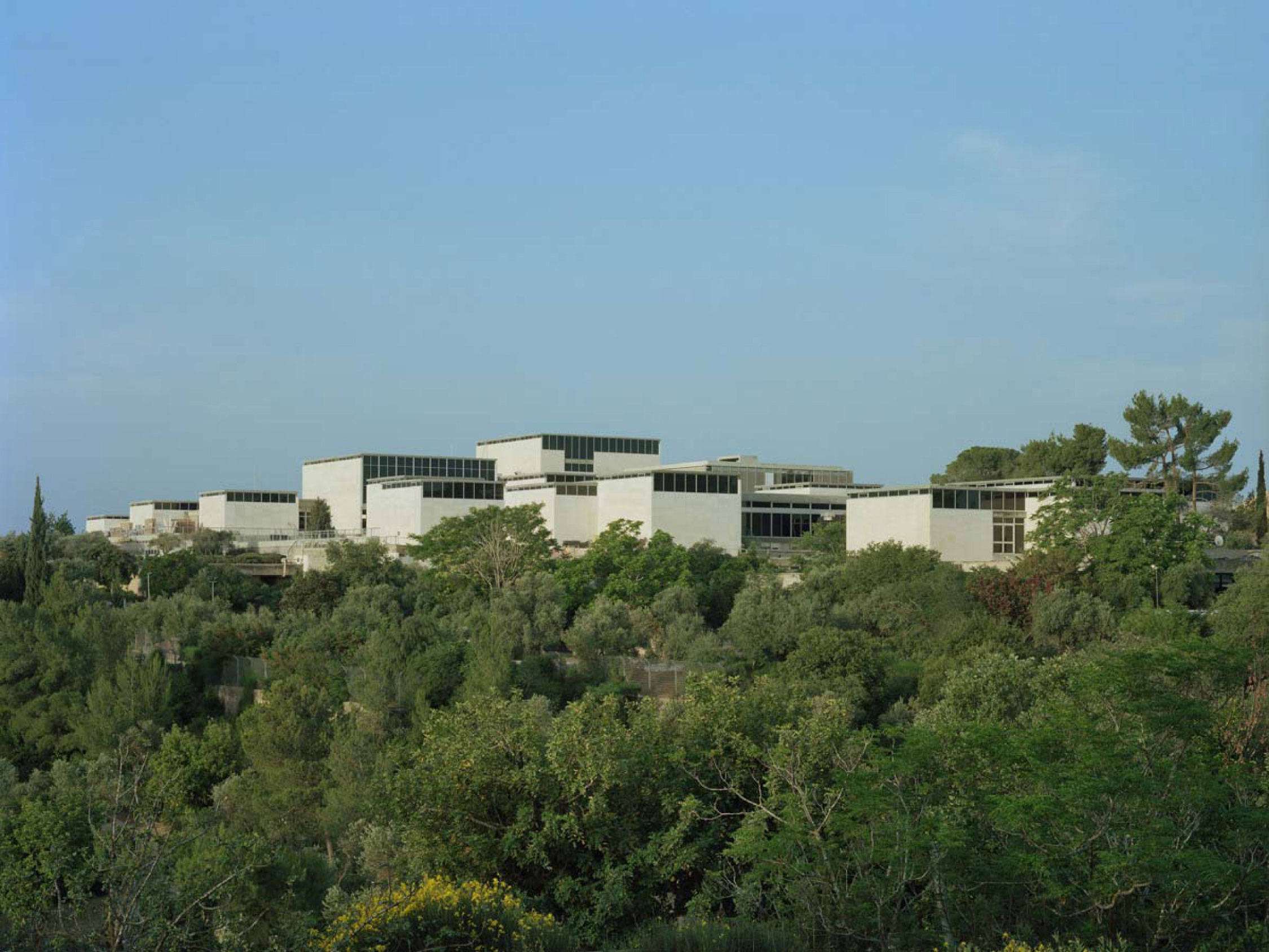
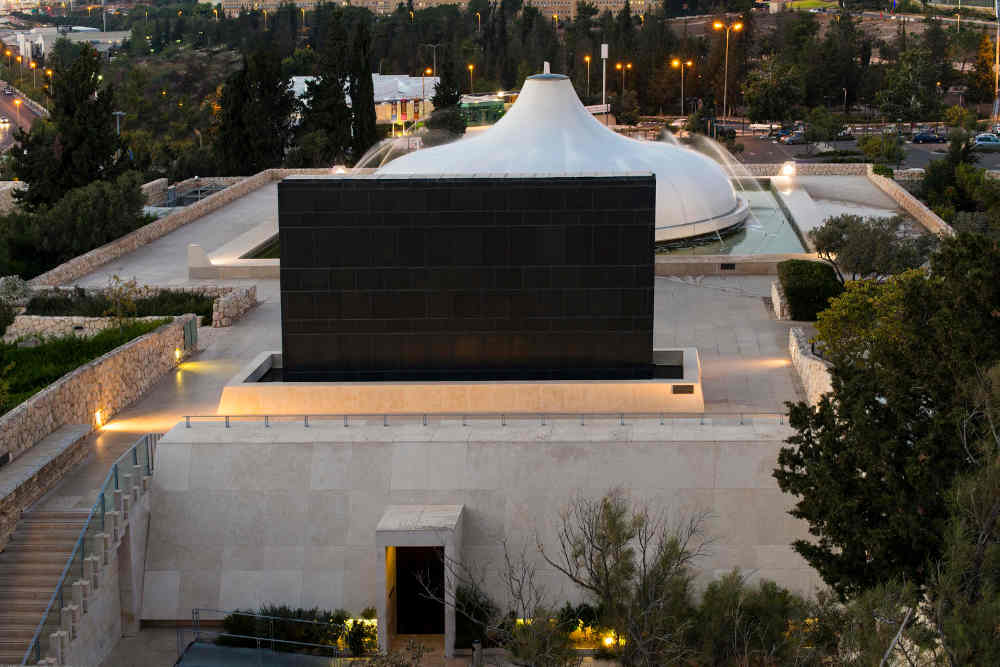
Two years of renovation and a 100 million dollar investment
In 2010, the museum celebrated its 45th birthday after two years of renovation and a 100 million dollar investment.
Building upon the achievement of the original architects, Alfred Mansfeld and Dora Gad, the 2010 renovation of the museum’s campus was designed by James Carpenter Design Associates, of New York, and Efrat-Kowalsky Architects, of Tel Aviv.
With 8600 square meters of new buildings and 21,000 square meters of extensions, the museum currently has an exhibition space of 54,000 square meters and a campus of 80,000 square meters.
A collective patronage
The renovated campus exhibits two monumental works, commissioned by the museum, that particularly resonate with the landscape and architecture of the museum:
- Whenever the Rainbow Appears, by Olafur Eliasson
- Turning the World Upside Down, Jerusalem, by Anish Kappor
These two in situ monumental works of art continue a long tradition of collaboration between contemporary artists and the museum.
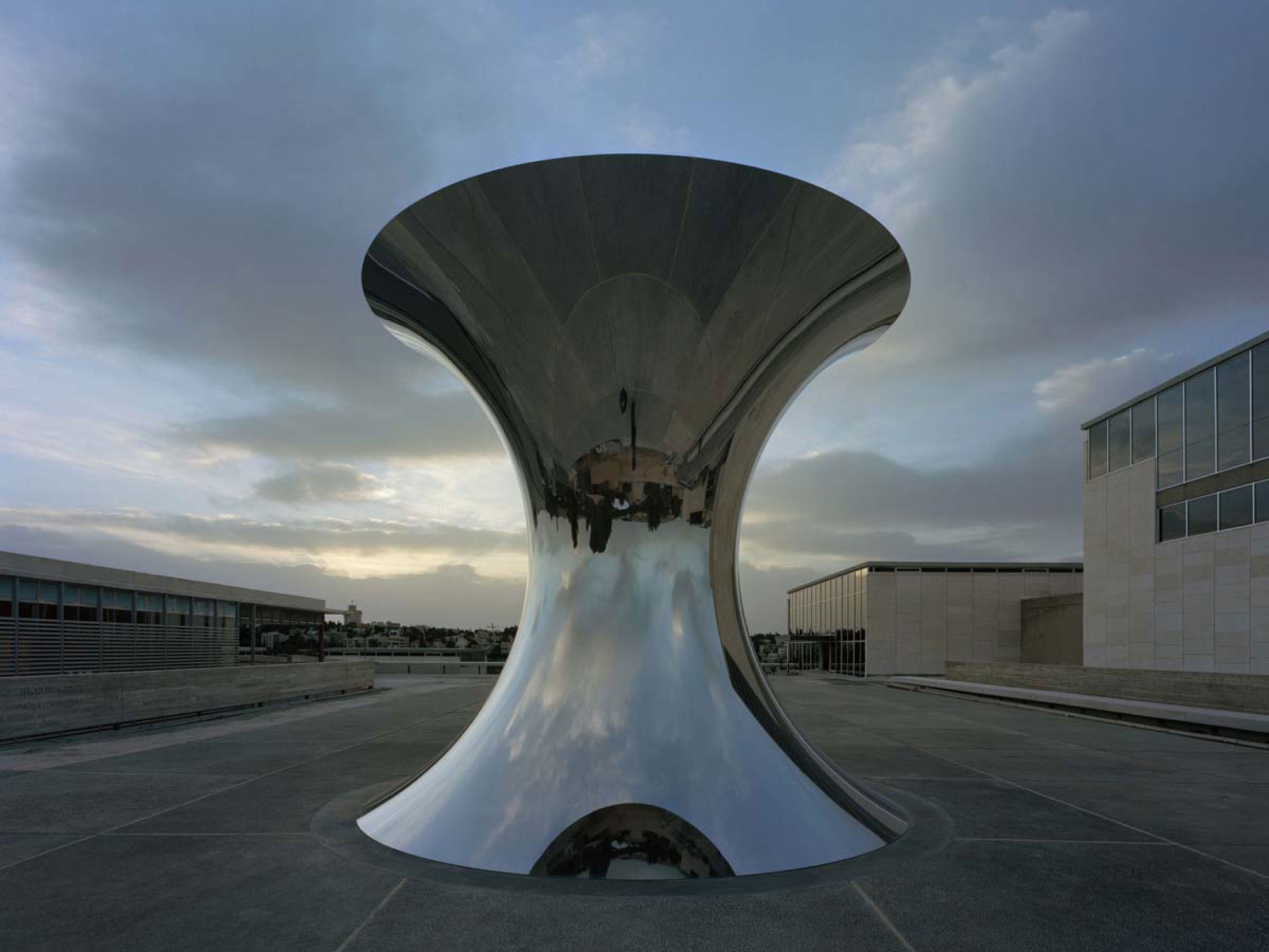
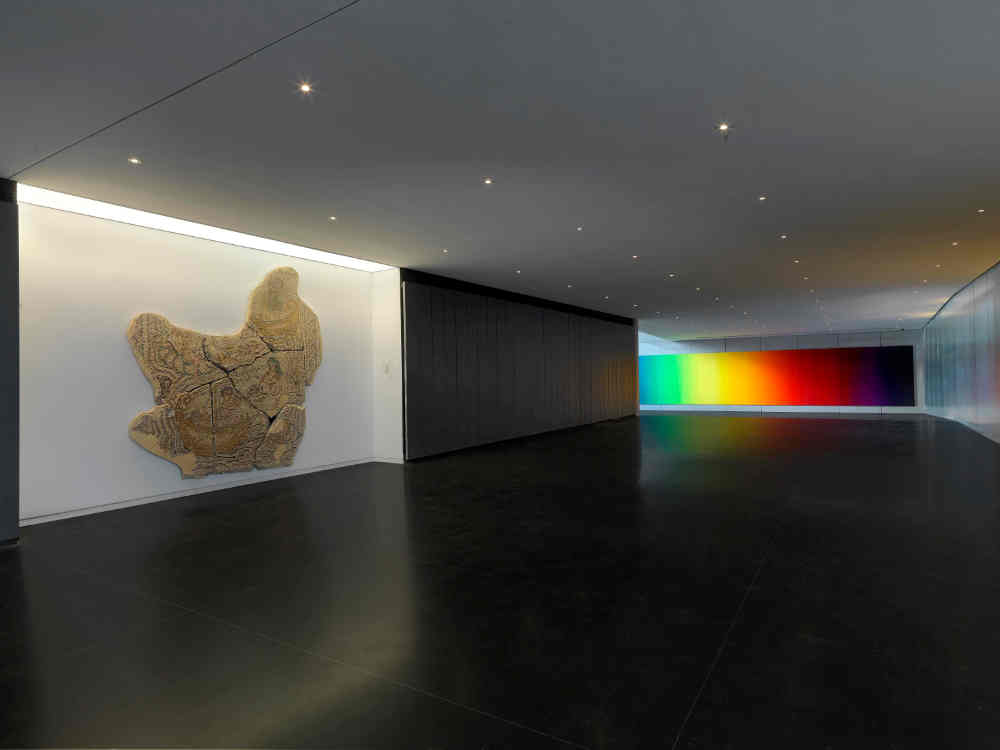
From archeology to contemporary art …
The museum comprises:
- The Shrine of the Book, a domed building that was built specifically to house the Dead Sea Scrolls, the oldest biblical documents known to man, dating from the 1st century BC.
- The Billy Rose Art Garden, where sculptures by nineteenth century and modern masters are exhibited alongside a unique model of Jerusalem from the second temple period.
- Five distinct museum wings:
- Archaeology tells the story of the ancient land of Israel from prehistory through the Ottoman Empire. It features remarkable treasures, impressive by their beauty as much as by their historical significance, that were found in archeological excavations. The Colombian, Asiatic, and African art departments are also considered first rate.
- Jewish Art and Life shows notably four restored interiors of synagogues from Europe, highlighting the unity and diversity of Jewish religious architecture and ritual objects.
- Bella and Harry Wexner Gallery is dedicated to temporary exhibitions.
- Youth and Art Education initiates cultural programs for young Israeli children regardless of religion or origin.
- Edmond and Lily Safra Fine Arts is divided into six departments:
- The Israeli Art department, formerly called the Bezalel Art Wing, encompasses an important body of work from various Israeli artists incorporating different periods and styles. It also boasts a superb collection of pre-Colombian, African, Oceanic, and Asiatic Art.
- The European Art department comprises works from the 15th to the late 19th centuries. Visitors may enjoy masterpieces from Rubens, Rembrandt, Poussin, Van Dyck, Cyups, Lastman, Victors, Bettera, Strozzi, Ingres, Cranach, de Ribera, Lawrence, and Romney.
- The Modern Art department displays an outstanding collection of paintings and sculpture from Impressionism to Minimalism.
- The Contemporary Art department was established in 1982 and occupies ten percent of the museum space. Its strength is the result of a very proactive development effort in the area of contemporary art. The following artists are notably represented: Claude Monet, Auguste Renoir, Alfred Sisley, Paul Cézanne, Paul Gauguin, Vincent van Gogh, Camille Pissarro, Pablo Picasso, Marcel Duchamp, and Man Ray.
- The Design and Architecture department was established in 1973. Among a wide-ranging selection of graphics, glass, ceramics, textile, and tableware, there are also drawings by Eric Mendelsohn and a collection tracing the history of chairs from Charles Eames to Frank Gehry.
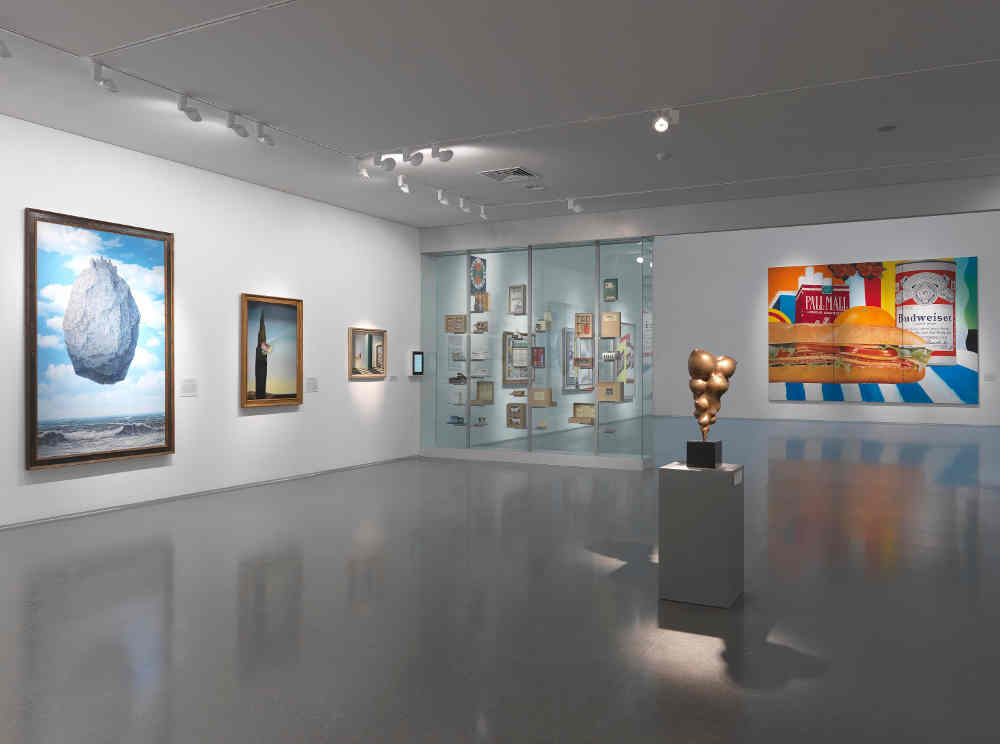


You must be logged in to post a comment.